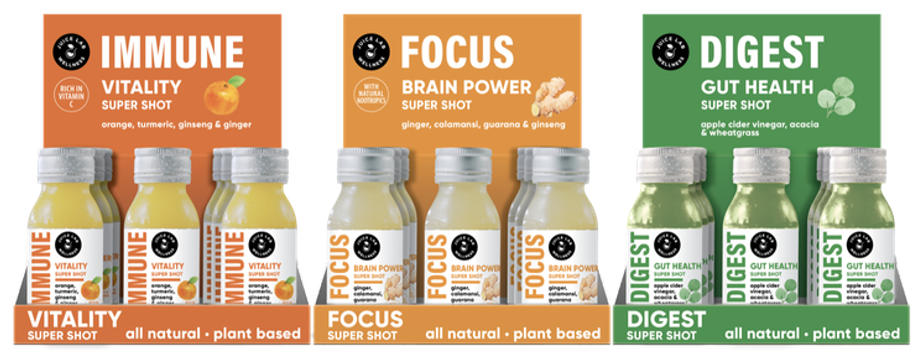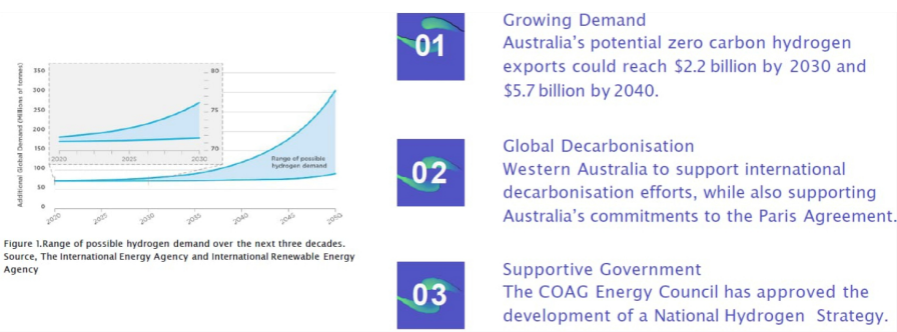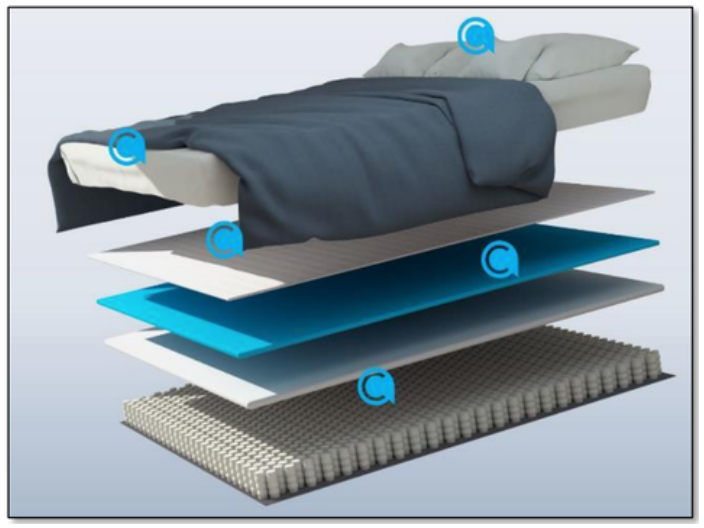Last week, Creso Pharma Limited’s (ASX: CPH; FRA: 1X8) wholly-owned Canadian cannabis cultivation subsidiary, Mernova Medicinal Inc. received three purchase orders with a combined value of C$275,023 (A$288,159).
These new purchase orders
are part of a trend this year, which has seen CPH
generate more consistent revenue through product demand, whilst substantially
trimming operating costs.
The first of the new
purchase orders was
valued at C$232,826 (A$243,841) and came from Truro Cannabis Company, a
licensed producer of medical and recreational cannabis products.
The Truro order is a bulk order for three of
Mernova’s high quality, indoor grown, hand trimmed, hang dried, cured,
artisanal cannabis strains, in dried flower form, specifically HPG13, Lemon
Haze and Mimosa.
Truro is well established throughout Canada,
and will sell Mernova’s products via its well-established distribution
channels.
Creso Pharma also received a maiden purchase
order from the Yukon Liquor Corporation (‘Yukon’), opening a new Canadian
market with the company anticipating further orders in the future.
The purchase order for the HPG13, Lemon Haze
and Mimosa strains, in dried flower form is valued at C$24,333 (A$25,436).
These products will be sold under the Ritual
Green brand in 3.5 gram and 7 gram units, through leading retailer
Triple J’s Canna Space.
A
Notice to Purchase from the Province of Ontario, also marks Creso’s entry into
Canada’s largest recreational cannabis market.
These developments serve as
confirmation of the significant demand for Mernova’s high-quality cannabis
products in the rapidly growing Canadian retail recreational market.
This has been evident since October, when Creso announced that repeat purchase
orders totalled more
than $2 million on a year-to-date basis following a repeat purchase order
from South African-based Pharma Dynamics.
In Europe, CPH continues to sell its
CBD products in the animal health market via its Swiss operations, with a total
of A$975,000 in Purchase Orders confirmed in 2020.
Total
purchase orders continue to grow across CPH’s operations.
Commenting on these recent developments and
expressing his confidence regarding the likelihood of further strong order
flow, Mernova managing director Jack Yu said, “Mernova continues to make very
strong progress in the Canadian recreational market.
“The three most recently secured purchase
orders will contribute to Creso Pharma’s growing revenue profile and we expect
additional orders to materialise in the very near term.
“Mernova has now become part of a very select
group of licensed producers with cannabis products for sale in the Yukon.
“This is a major achievement for us, and we
expect growth to continue across Canada and, with our pending entry into
Ontario, Canada’s largest recreational market, we expect rapid growth to
continue.”
Recreational markets across the globe could open up
Legal recreational marijuana has been
available in Canada for two years now, however it looks as though other nations
are following suit.
Last
Friday, the US House of Representatives passed the Marijuana Opportunity
Reinvestment and Expungement (MORE) Act – an Act that intends to decriminalise
cannabis on a national level.
The
decision is expected to have far reaching effects on the cannabis industry in
North America, encouraging investors and corporate America to fully unlock the
value of a multi-billion dollar industry, expected to surge to $130BN by 2024.
Mernova,
Creso’s 24,000 sq.ft cannabis growing facility in Canada is
only 1,700 miles from the US border.
Creso is now
exploring near term opportunities for entry into the US recreational cannabis
space right now, in readiness for
legalisation. It is being assisted by Canadian cannabis icon Bruce Linton, who
has come to Creso as a Strategic Advisor.
Mr Linton was the founder and CEO of
Canopy Growth (TSX: WEED | NYSE: CGC), which he built from a tiny start up into
a US$15BN market cap powerhouse at its peak.
Given these developments, CPH is currently trading at levels not seen since
February 2020, prior to COVID sending global markets tumbling.
Looking globally, the United Nation’s Commission for Narcotic Drugs
voted to reschedule cannabis, effectively removing it from a list including
‘hard’ drugs, such as heroin.
Furthermore,
the Court of Justice of the European Union (CJEU) ruled that member states must
not prohibit the marketing of lawfully produced CBD and ruled that CBD is not
considered a narcotic.
As a result, CBD can be freely sold in the
European Union (EU).
Even
Australia is getting on board.
The Therapeutic Goods Administration
(TGA) will shortly bring down its final decision regarding a major regulatory
change in the distribution of cannabidiol (CBD) products in Australia.
The changes recommend that CBD
products be down scheduled from schedule 4 and classified as schedule 3
medicines in Australia, which would allow Australian consumers to purchase CBD
products over-the-counter (OTC) through pharmacies without the requirement of a
prescription.
That
announcement may already be paying off for Creso, which late last week
announced it has secured an exclusive Heads of Agreement with
leading natural, sustainable health and lifestyle brand supplier Martin &
Pleasance Pty Ltd.
Under the agreement, Creso will manufacture a range of
cannabidiol products in Switzerland, which would be sold under new and existing
Martin & Pleasance brands in Australia.
Martin & Pleasance was established over 150 years
ago and provides an extensive range of natural remedies and medicines to
consumers.
Four products are earmarked from Creso’s proprietary
nutraceutical range in lozenge and tea form, which are all manufactured at the
GMP Certified Mernova facility.
With regulations around cannabis opening up across the globe, and well-established global operations, it’s my contention that Creso Pharma looks well placed for growth.
This article is sponsored content. The supplier of this content has a commercial arrangement with Switzer Financial Group.





